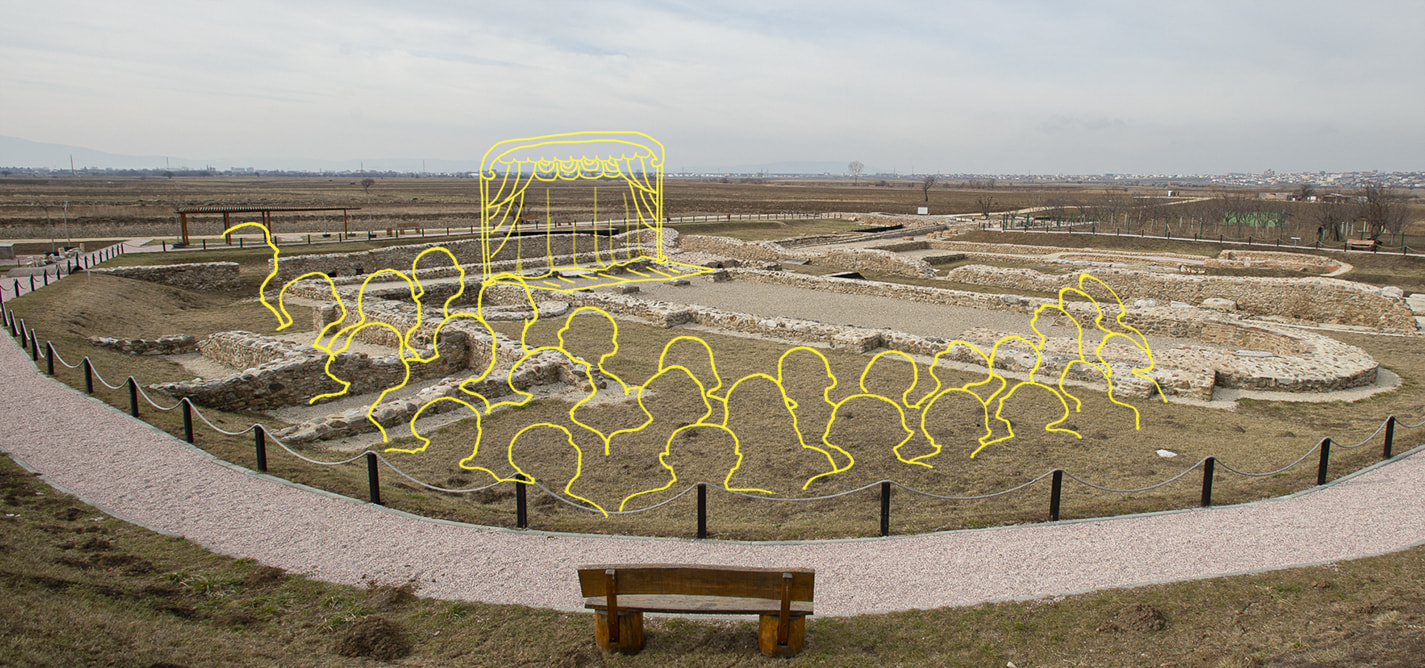
Awakening Kosovo’s cultural heritage
Bringing the past alive for the next generation.
|02.06.2019
|
“We don’t have such places where children are participants and are actively involved in learning history."
Sali Shoshi, Cultural Heritage Without BordersIn other words, Kosovo needs to spend a bit of quality time getting to know itself in order to show its full potential off to the rest of the world.
“The cultural heritage of Kosovo does not belong to Albanians and neither do Orthodox churches belong to Serbs."
“We need to create an organized approach, not one that requires finding a map or just heading into a location without knowing for certainty where a monument is."
Politicians and their latest agendas are temporary and movable feasts. Cultural heritage, by its very definition, has longevity.

Valmir Mehmetaj
Valmir Mehmetaj is a journalist who has previously worked in TV journalism and as a staff writer at Kosovo 2.0. Valmir studied communication sciences at the South East European University in Tetovo, Macedonia. He believes deeply in constant learning and forming original thoughts, and mainly writes about cultural and social issues.
This story was originally written in English.